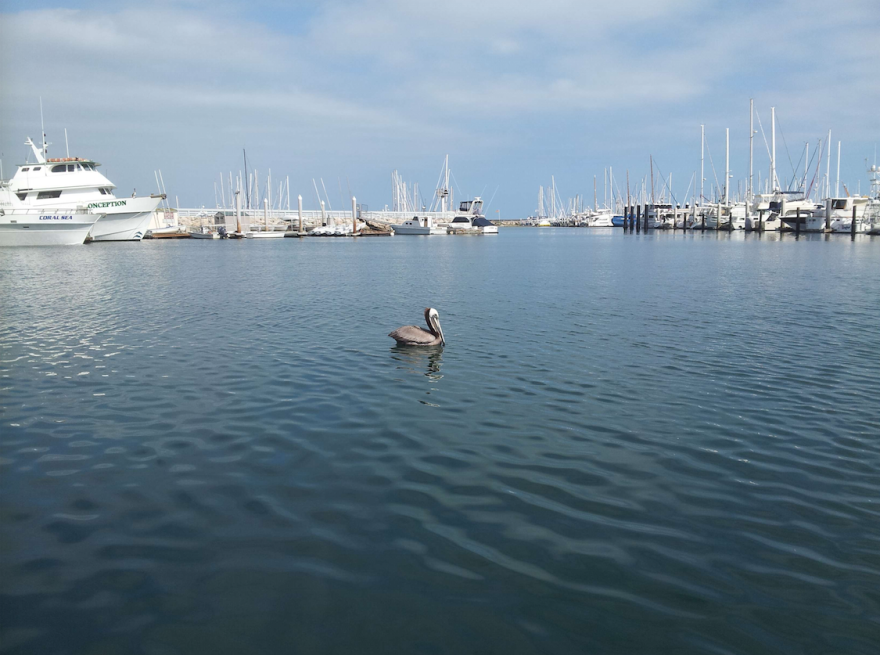Fishermen in Santa Barbara Harbor are still starting their motors to head out into the channel for the day's catch, despite being among the first to feel the economic punch of the Plains All-American Pipeline rupture back on May 19.
Within hours of the spill's discovery, the California Department of Fish and Wildlife began closing portions of the channel to commercial and recreational fishing. At least one local fisherman, Santa Barbara resident StaceCheverez, has already filed a lawsuit in federal court against the pipeline operator over his diminished fishing capacity and is inviting others to join it.
Chris Voss is President of the Commercial Fishermen of Santa Barbara, and says the closure hurts his members financially, and the spill hurts the area's reputation.
"It's a seriously significant seafood source because of the Channel Islands, we produce a lot of darn seafood," said Voss, who left Santa Barbara recently for salmon fishing season in Alaska. He says he's concerned this spill will have lasting effects.
"I think there's going to be significant long-term impacts to those fisheries down the road," said Voss. "I know that all the major agencies, academic community and environmental groups are focused on those longer-range impacts, and they're of major concern to the fishing community as well."
Trained clean-up crews continue to scour the shoreline placing oil-soaked material into plastic bags. According to Fish and Wildlife's Steve Hampton, that's the easy part.
"The oil on the rocks, especially in the Refugio area, is a much more burdensome task," said Voss. "That will take much longer to clean up, and I'm not quiet sure how much they can clean up. It's a little bit like trying to put Humpty Dumpty back together again."
Removing the visible oil markers from along this stretch of coast, is just the first step in the restoration process, and somewhat cosmetic says the Ocean Conservancy's Greg Helms. It's what's under the water that concerns him.
Helms says oil from this spill is likely filtering down into the ecosystem, where creatures at the bottom of the food chain will absorb it.
"As those plants and animals are consumed, at each stage of predator/prey the toxic chemicals are magnified in the tissues of these animals and it becomes more and more toxic as it moves up."
Scientists with NOAA and UCSB were testing and monitoring several areas where possible oil deposits had been detected on the ocean floor near the spill site, but now say those turned up negative.


